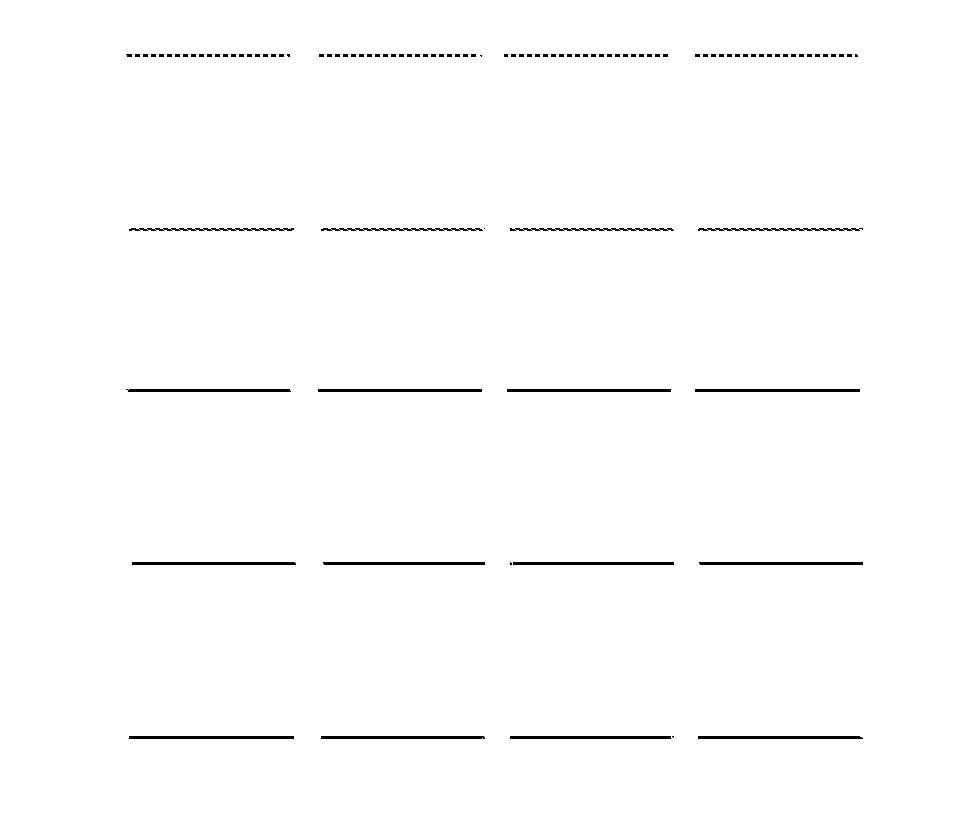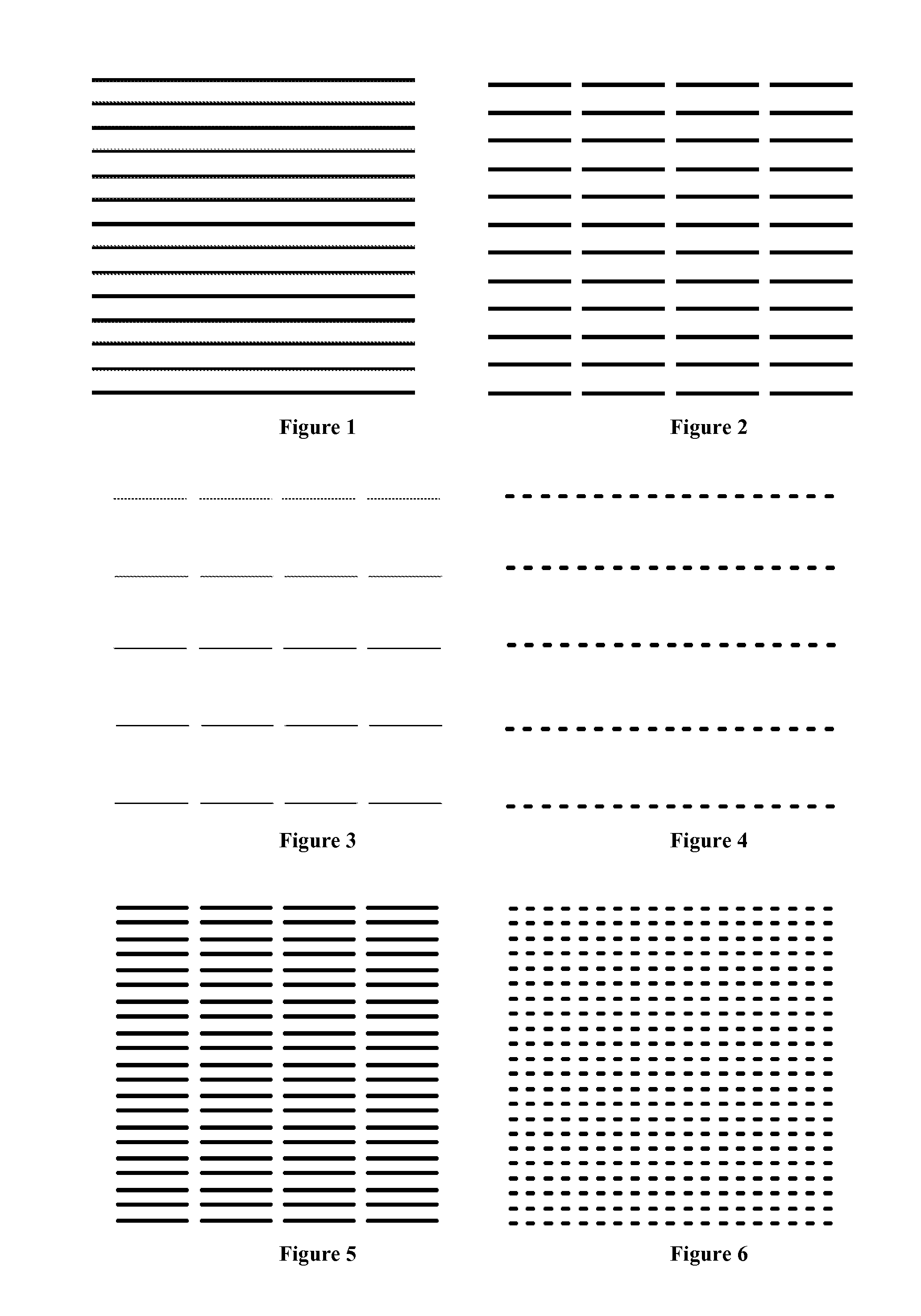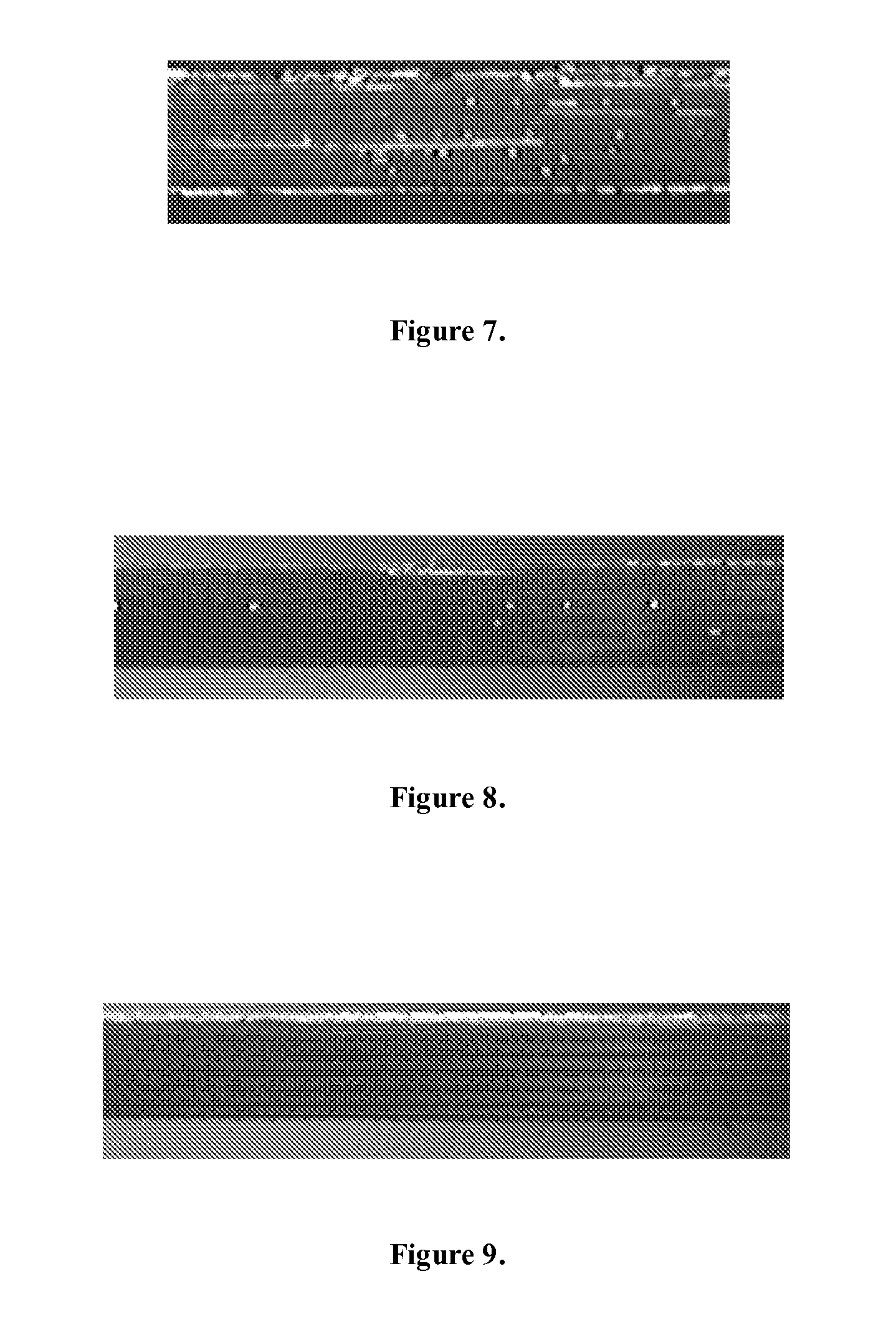Prepregs
a technology of pre-cured laminates and pre-cured laminates, applied in the field of pre-cured laminates, can solve the problems of high pressure and temperature application for prolonged periods, high cost and slow, unsatisfactory porosity of cured composite laminates, etc., and achieve the effects of reducing porosity, reducing potential application, and reducing porosity
- Summary
- Abstract
- Description
- Claims
- Application Information
AI Technical Summary
Benefits of technology
Problems solved by technology
Method used
Image
Examples
example 2
[0046]8552 prepreg was cut to size (300 mm×300 mm) and individual plies were placed under an Omnidot 760 GS8 printhead of a Xenjet 4000. The ink to be applied was made up of a mixture of multifunctional acrylates, a proprietary photoinitiator blend and a magenta dye (Magenta Vivide X8022 Ink from Xennia). A UV lamp (fusion H bulb) was used to cure the ink at a minimum dose of 159 mJ / cm2. The required pattern was then printed on the prepreg at a speed of 100 m / min Different line heights were achieved by printing more than once over the same prepreg. The printed prepreg was then laid up with alternate layers in the 0 and 90 degree direction (200 mm×200 mm) The number of plies used in this lay up was twelve. The assembly was then debulked at room temperature under vacuum for fifteen minutes.
[0047]The prepreg was placed on a vacuum table and cured under the following conditions: —heat up to 110° C. at a ramp rate of 1° C. / min and hold for one hour, then heat up to 180° C. at a ramp rate...
example 3
[0049]M56 prepreg was cut to size (300 mm×300 mm) and individual plies were placed under an Omnidot 760 GS8 printhead of the Xenjet 4000. The ink and print conditions were as described in the previous Example. The number of plies used in this lay up was ten. The assembly was then debulked at room temperature under vacuum for fifteen minutes. The prepreg was then cured as in the previous Example. Porosity of the laminates was measured as described in examples 1 and 2. An average value was based on porosity measurements of three samples from the same laminate.
[0050]Table 2 summarises porosity results of M56 and a modified M56 composite.
TABLE 2Print passesAverage lineAverageExperiment(thickness)height (μm)porosity (%)M56——0.31M56 modified with design226.00.04
example 4
[0051]M72 prepreg was cut and printed as described in the previous Example. The number of plies used in this lay up was ten. Debulking and cure was as previously described. Porosity of the laminates was measured as described in example 1 and 2. Average value was based on porosity measurements of three samples.
[0052]Table 3 summarises porosity results of M72 and a modified M72 composite.
TABLE 3Print passesAverage lineAverageExperiment(thickness)height (μm)porosity (%)M72——1.50M72 modified with design226.00.87
PUM
| Property | Measurement | Unit |
|---|---|---|
| height | aaaaa | aaaaa |
| height | aaaaa | aaaaa |
| height | aaaaa | aaaaa |
Abstract
Description
Claims
Application Information
 Login to View More
Login to View More - R&D
- Intellectual Property
- Life Sciences
- Materials
- Tech Scout
- Unparalleled Data Quality
- Higher Quality Content
- 60% Fewer Hallucinations
Browse by: Latest US Patents, China's latest patents, Technical Efficacy Thesaurus, Application Domain, Technology Topic, Popular Technical Reports.
© 2025 PatSnap. All rights reserved.Legal|Privacy policy|Modern Slavery Act Transparency Statement|Sitemap|About US| Contact US: help@patsnap.com



